 |
ALEXANDRITE the color changing variety of chrysoberyl |
VARIETY INFORMATION:
- VARIETY OF: Chrysoberyl , BeAl2 O4 .
- USES: Gemstone.
- BIRTHSTONE FOR: June
- COLOR: varies from red to green.
- INDEX OF REFRACTION: 1.745 - 1.757
- BIREFRINGENCE: 0.009
- HARDNESS: 8.5
- CLEAVAGE: good in one direction, imperfect in another
- CRYSTAL SYSTEM: orthorhombic
- Pleochroic: strongly
- For natural alexandrite mineral specimens see our
For Sale orSold lists
Alexandrite is named for the former czar of Russia, Alexander II, and was first discovered in the Ural Mountains of Russia, supposedly on the day of his birth.
Chromium gives alexandrite its color and while in most minerals a trace element like chromium would provide only one color to the mineral, in alexandrite it gives it two! Coloring agents are dependent on the wavelength of light and the chemical bonds in the crystal to determine the color that they will cause. An element like copper, in normal light, can cause a green color in malachite and a blue color in azurite, it all depends on the character of the chemical bonding. In a single specimen of alexandrite, the chromium is in such a balanced situation that the color of the specimen depends on the character of light that hits the crystal. If the light is natural sunlight or fluorescent light, the crystal will be green; however, if the light is incandescent light from a common indoor light bulb, then the crystal will appear red.
Alexandrite's orthorhombic crystals tend to be blocky and are often distorted by twinning effects that sometimes produce a pseudo-hexagonal cyclic twin. It has excellent durability (durability, beauty, and rarity are the key aspects of gemstones), due to its hardness (8.5) and lack of easy cleavage. It is often found in association with garnet, mica and feldspars.
In addition to its original discovery in the Ural Mountains of Russia, Alexandrite is found in Sri Lanka, Brazil, and Burma.
Synthetic corundums spiked with trace elements that yield an alexandrite-like color change are sold as alexandrite on the gemstone market. These stones have a red-violet, near-amethyst color in incandescent light and a blue-violet color in daylight. They are far cheaper than natural alexandrites, which are some of the rarest and most expensive of gemstones.
Alexandrite is the modern June birthstone.
 Amethyst Galleries' Mineral Gallery MINERALS |

$ 120.00

alx-1 ($120.00)

$ 90.00

alx-2 ($ 90.00)

$ 140.00

alx-3 ($140.00)
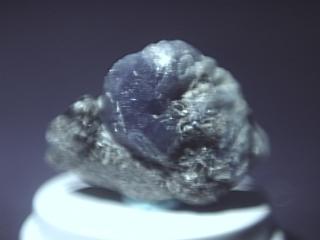
$ 180.00

alx-4 ($180.00)

$ 350.00


$ 40.00

alx-6 ($ 40.00)

$ 45.00

alx-7 ($ 45.00)
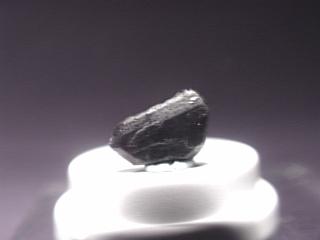
$ 38.00

alx-8 ($ 38.00)

$ 37.00

alx-9 ($ 37.00)

$ 35.00


alx-10 ($ 35.00)

$ 75.00


alx-11 ($ 75.00)

$ 150.00


alx-12 ($150.00)
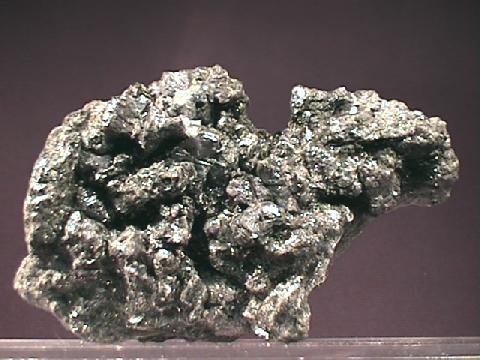
$ 750.00



$ 27.00

alx-14 ($ 27.00)

$ 96.00



$ 60.00


alx-16 ($ 60.00)
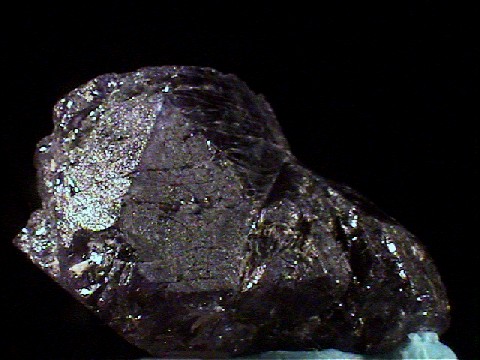
$ 165.00


alx-17 ($165.00)

$ 135.00


alx-18 ($135.00)

$ 150.00


alx-19 ($150.00)

$ 84.00
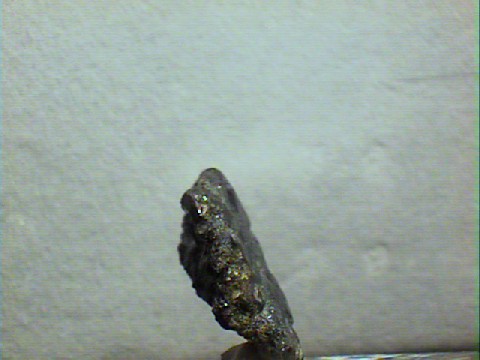

alx-20 ($ 84.00)

$ 48.00

alx-21 ($ 48.00)

$ 24.00

alx-22 ($ 24.00)

$ 68.00


alx-23 ($ 68.00)
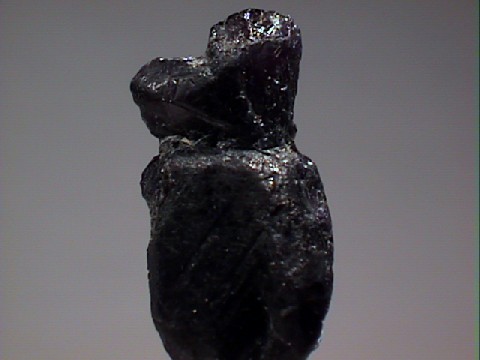
$ 48.00

alx-30 ($ 48.00)
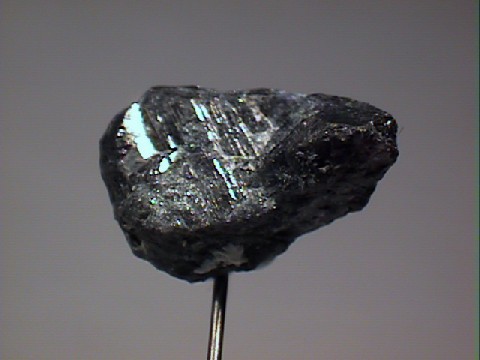
$ 36.00

alx-31 ($ 36.00)

$ 44.00

alx-35 ($ 44.00)

$ 29.00

alx-32 ($ 29.00)
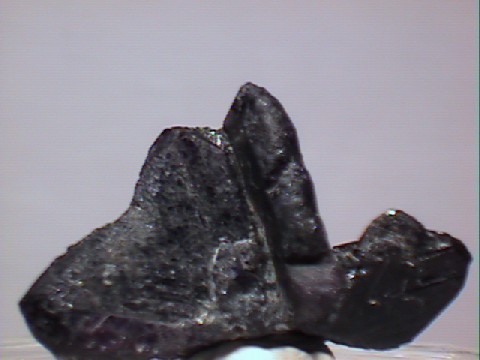
$ 84.00


alx-33 ($ 84.00)

$ 96.00


alx-34 ($ 96.00)

$1200.00



$ 115.00


alx-37 ($115.00)

$ 50.00
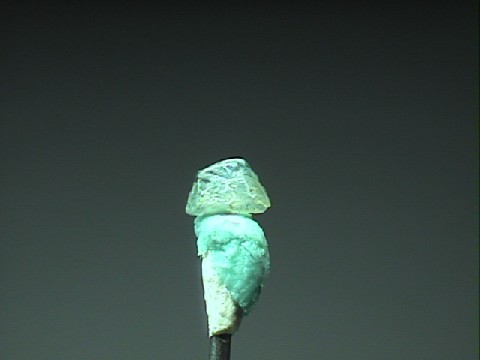

alx-24 ($ 50.00)

$ 45.00


alx-25 ($ 45.00)
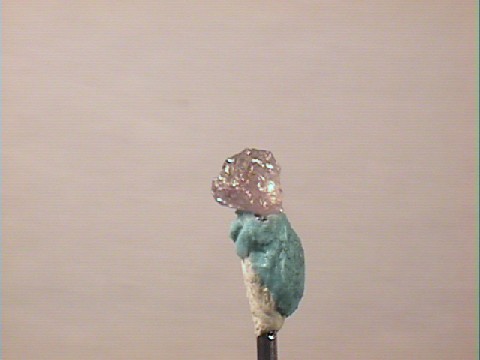
$ 40.00

alx-26 ($ 40.00)
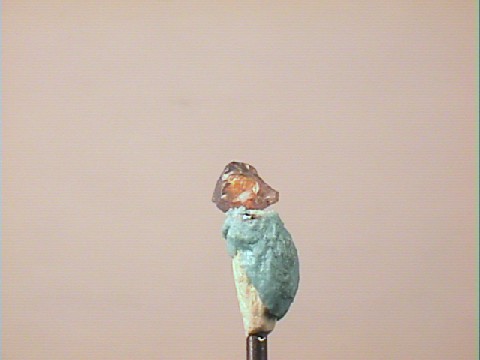
$ 35.00

alx-27 ($ 35.00)

$ 30.00

alx-28 ($ 30.00)
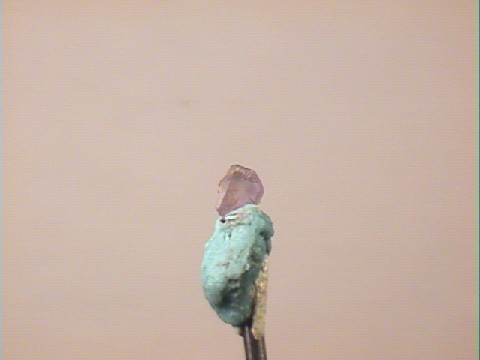
$ 25.00

alx-29 ($ 25.00)

$ 37.00


alx-38 ($ 37.00)
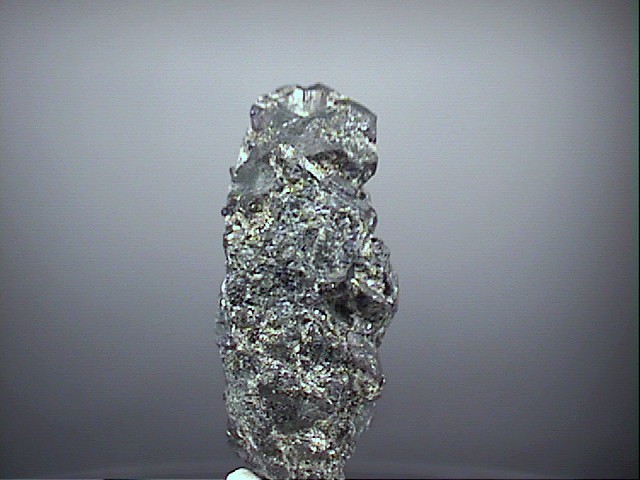
$ 45.00


alx-39 ($ 45.00)

$ 90.00


alx-40 ($ 90.00)